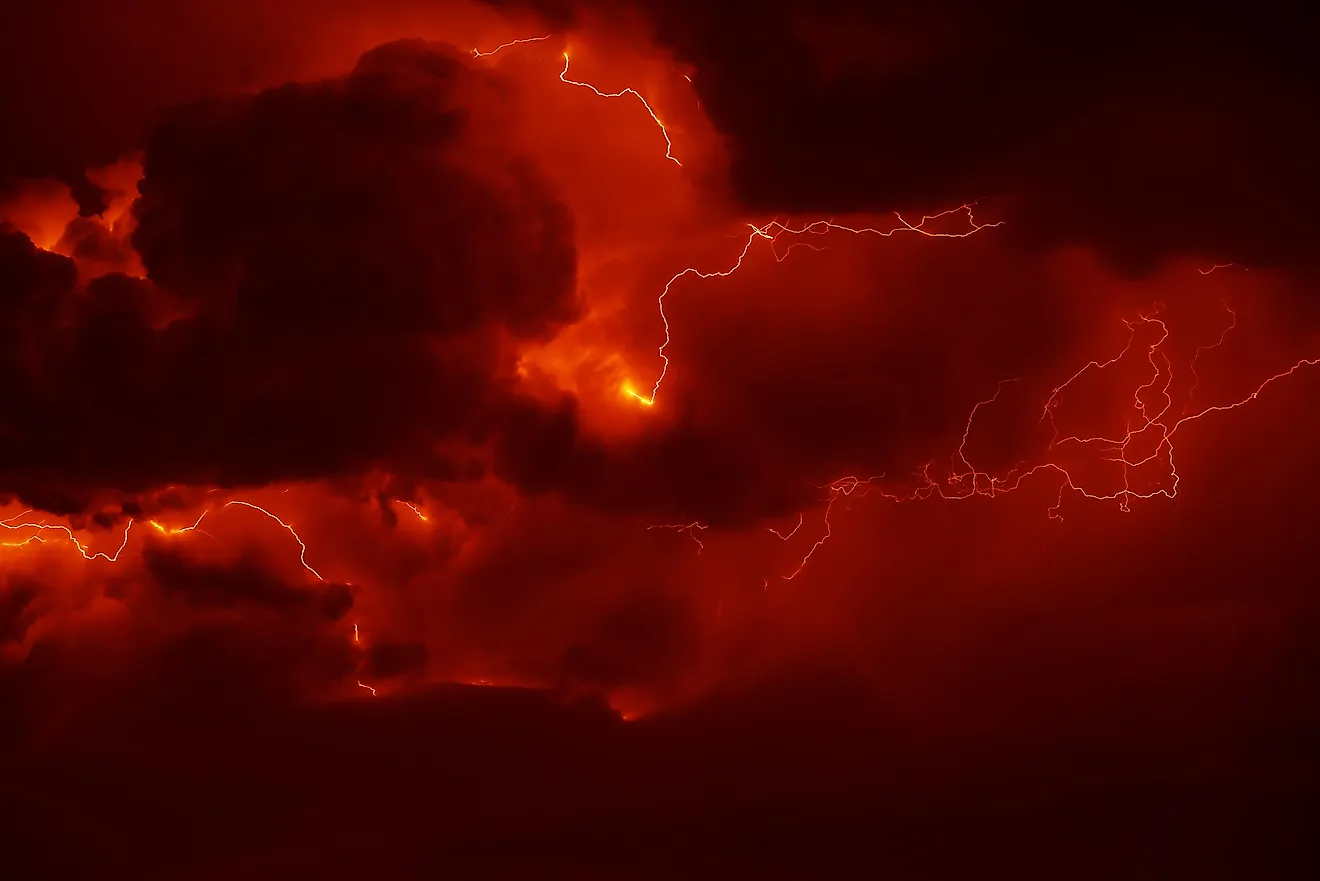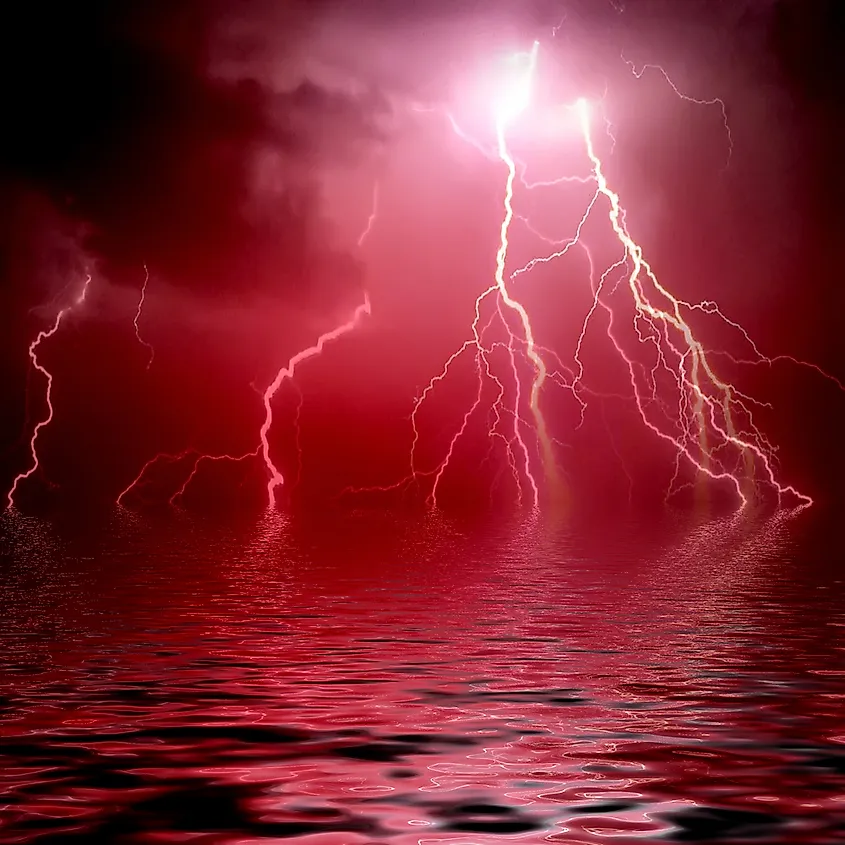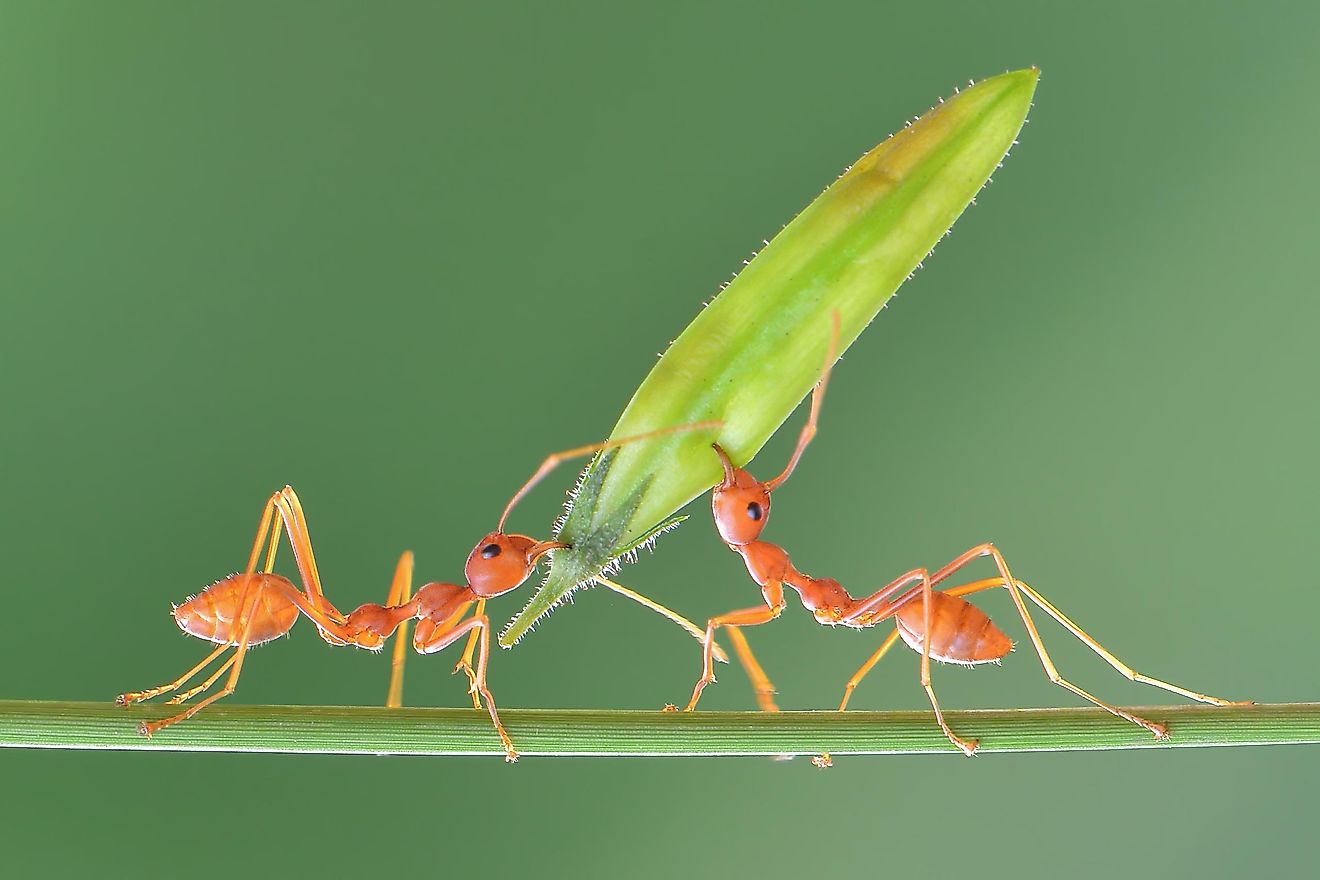Is Red Lightning Real?

- Yes, red lighting or red sprite is real. However, it is not so common as usual lighting bolts, and it is not easy to observe or film. There are special conditions that need to be present to film them, such as clear view and unlit sky.
- Johann Georg Estor, a German theorist of law is credited as the person who made the earliest report of the red lightning in the year 1730.
- The first photographic evidence was made much later in the year 1989 by scientists from the University of Minnesota. They captured the image by accident, using a video camera, and ever since then, the red lightning has been extensively researched.
- Red lightning strikes are usually weak, and they do not last more than a couple of od seconds, so they are not considered to be especially dangerous. However, they have been linked with various unexplained aircraft accidents that were happening above thunderstorms.
Yes, red lighting or red sprite is real. However, it is not so common as usual lighting bolts, and it is not easy to observe or film. There are special conditions that need to be present to film them, such as clear view and unlit sky (clouds and rain make the observation much more difficult), red-sensitive equipment, and others.
Due to the elusive nature (very difficult to observe and short-lived) of these electrical discharges, they are also called sprites, after the fairy-like creatures in European mythology. Red lightning has been observed in Europe, North America and South America, Central Africa, and Australia.
Who Was The First Person To See The Red Lightning?
We do not know who was the first person that saw this phenomenon, but the first reports date back to the year 1730. It was Johann Georg Estor, a German theorist of law that is credited as the person who made the earliest report of the red lightning in the year 1730.
However, the first photographic evidence was made much later in the year 1989 by scientists from the University of Minnesota. They captured the image by accident, using a video camera, and ever since then, the red lightning has been extensively researched. They have been photographed from aircraft and space, as well as from the ground.

The sprites appear as short-lived bursts of red light with various physical shapes (jellyfish sprite, column sprite, and carrot sprite are the most common categories of their visual appearance). These sprites form much higher than usual lightning bolts, and they occur because of the discharges of positive lightning (although there are sprites generated by negative lightning) between the ground and the thundercloud. They typically occur in clusters of small balls of ionization and are sometimes preceded by a sprite halo.
The Danger Of Lightning Strikes
Lightning strikes are electrical currents that are short but have a very high voltage percentage. Red lightning strikes are usually weak, and they do not last more than a couple of od seconds, so they are not considered to be especially dangerous. However, they have been linked with various unexplained aircraft accidents that were happening above thunderstorms.
When lightning results in a fatality, it is due to nerve damage or heart failure. They usually happen in two ways; through a direct strike or indirectly if the person is in the area of the lightning strike. This is how injuries can happen to people who are indoors but are in contact with objects that allow the travel of electric current.
However, not all lightning strikes result in a fatality, and in those cases where a person survives the injury caused by a lightning strike, the injuries they sustain can be long-lasting and very dangerous. Most of the time, people are not responsible for attracting lightning; they just happen to be in the wrong place at the wrong time.











